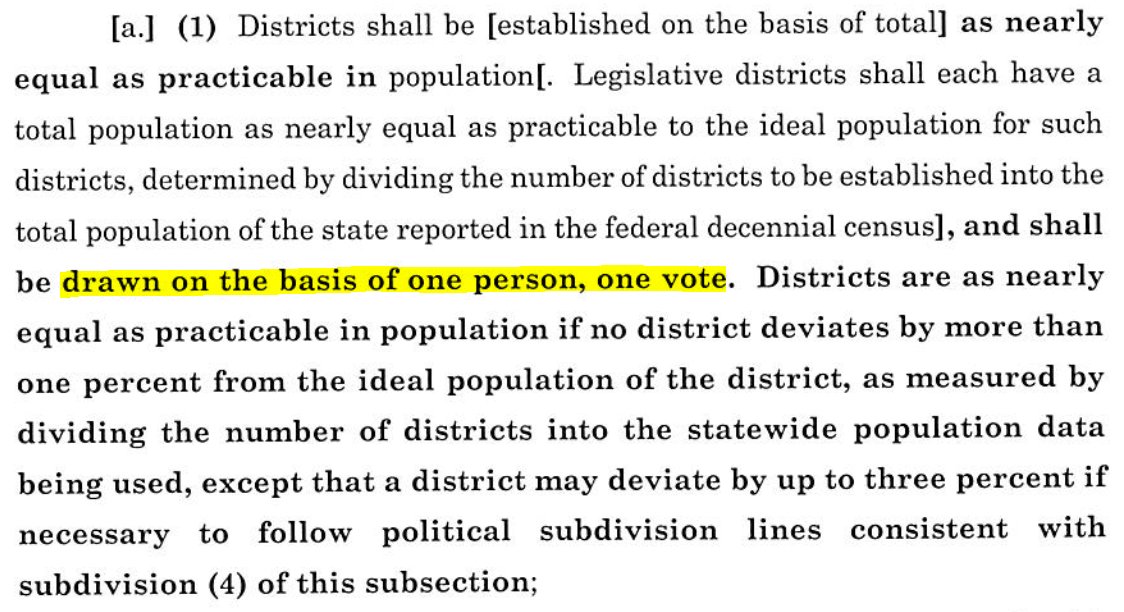
NEW: The Trump administration has filed an emergency request asking a federal court to reconsider or put a hold on an order for the release of internal #2020Census documents by Dec. 14 in the Nat'l Urban League-led lawsuit over the admin's schedule changes
beta.documentcloud.org/documents/2042…
beta.documentcloud.org/documents/2042…

2. Trump admin signals it may make an emergency request to the Supreme Court to block the lower court's order for the #2020Census document release. Admin says it does not have enough time to fully review and redact the documents the lower court has ordered for release by Dec. 14. 

3. It's worth noting that in that lower court ruling, U.S. District Judge Lucy Koh noted that the Trump administration has had months to gather many of these documents and that "time is of the essence" now bc evidence gathering for this case ends on Jan. 7
https://twitter.com/hansilowang/status/1337396402851360776
4. UPDATE: Judge Koh has ordered the plaintiffs to respond to the Trump administration’s request by 11 a.m. PT on Dec. 13 (tomorrow) 

5. UPDATE: The Trump administration "should no longer be allowed to hide their data processing plans, procedures, & schedule" in the National Urban League-led lawsuit over #2020Census schedule changes, plaintiffs argue in latest filing
beta.documentcloud.org/documents/2042…
beta.documentcloud.org/documents/2042…
6. Plaintiffs' attorneys say the Trump administration has yet to turn over reports that the administration told Judge Koh would be produced as soon as last week 

• • •
Missing some Tweet in this thread? You can try to
force a refresh















